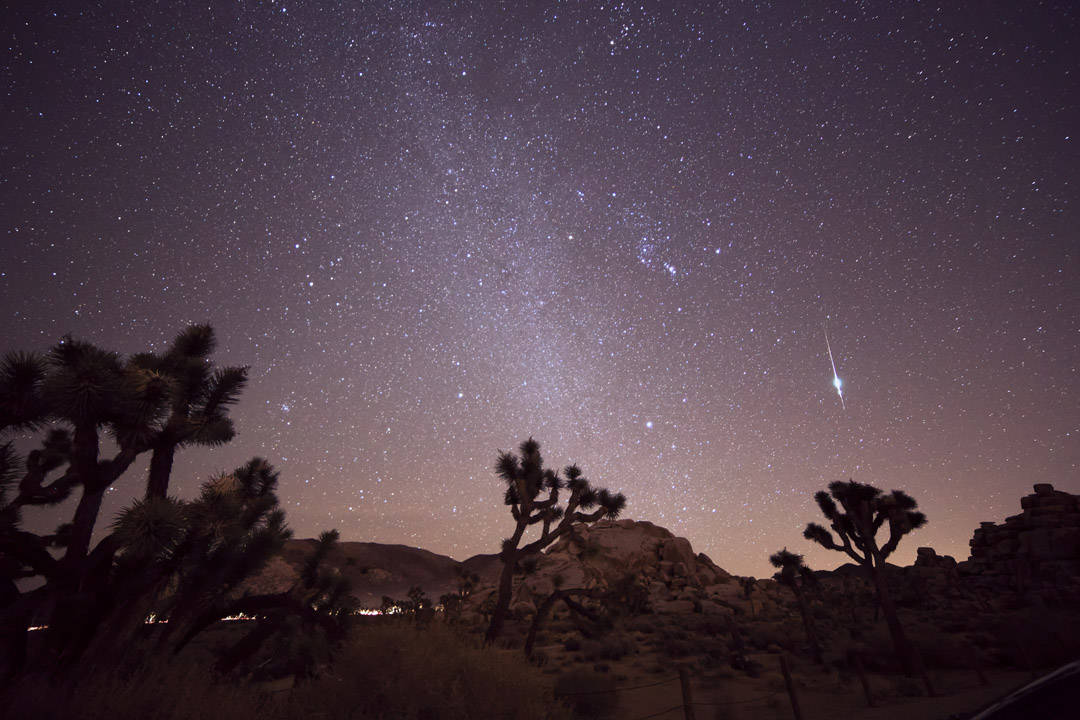Despite being pieces of space debris, meteors put on a magnificent display when they enter Earth’s atmosphere, decorating the night sky with vivid colours of blues, greens, yellows and reds. Whether you are an avid meteor shower watcher or a first-time goer, here are tips to help you catch a better glimpse of Earth’s rocky visitors.
Where do I go?
Although this may come as a surprise, it is actually not very difficult to find a good location to view meteor showers. Just keep in mind the following points when hunting for your spot of the night:
Look for an open area like a field or a park. Steer clear of places where your view of the sky is obstructed by buildings, trees, or other tall objects.
Make sure it’s dark enough. City lights can be a huge distraction and take away from the visibility of the meteors. Department of Astronomy and Astrophysics Associate Professor Michael Reid recommends that you refrain from looking at your phone. “Your eyes take about ten minutes to fully adapt to darkness,” said Reid. “If you look at a cell phone screen or streetlight even briefly, you’ll degrade your night vision.”
How do I prepare?
You don’t need any fancy equipment to view this celestial event. However, the following tips can make your viewing experience more pleasant:
Grab a lawn chair. Keeping your eyes on the skies so you don’t miss a single second of stars shooting across the darkness requires a lot of upwards gazing. Bring a chair or a blanket to spread on the ground so you can do so in comfort.
Pack bug spray and a jacket. Summer nights spent outdoors entails mosquitoes and other little critters. Stay bite-free with bug spray and have a light jacket to throw on when it gets chilly.
Gather your friends. “Meteor watching requires patience, so it is a great chance to pick out constellations in the sky,” said Professor Raymond Carlberg, Chair of the Department of Astronomy and Astrophysics. Having your friends to share the moment can make wait times between meteor fly-bys a lot more entertaining. You could try to spot stars or play a round of astronomy trivia.
Check the weather. Nothing can be worse than a rainwstorm on the night you scheduled your outing, or the moon outshining all the meteors in your area. Be sure to check the weather and location of the moon prior to making your trip.
When is the next meteor shower?
Now that you’re ready to go, be on the lookout for more accurate predictions of the best times to catch each of these events. Meteor showers typically occur over the span of a couple of days, so if you miss the days listed below, try your luck another time. The International Meteor Organization also has a detailed calendar of upcoming meteor showers.
October 21 – peak for the Orionids showers
November 17 – peak for the Leonids showers
December 13 – peak for the Geminids showers
Happy meteor shower watching!


